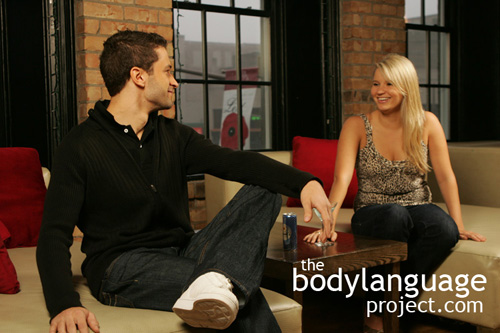At times verbal and paraverbal cues betray the liar and these are cues tied directly to the words in which they speak. Although they fall outside the realm of body language at large, they do complete this chapter with regards to cues associated with deception which is why they have been included. These cues are, as always, related to the stress of fibbing so can be confused with nervousness of any other source. Some however are the direct consequences of lying such as the telling of an implausible story or using more negative comments or statements, which has been shown to increase during lying.
Here are the cues to deception as they relate to our verbal dialogue: Vocal tension, hectic speech, faltering speech, improper structure or grammar, implausible story, inconsistent story, superfluous details, describing feelings rather than events such as “I felt this way when I did this” or “I must have felt this way because of this” etc, adding qualifying statement such as “This is what I am about to say” then saying it, word or phrase repetition, using less contractions saying “I did not” instead of “I didn’t”, using the persons name in sentences instead of saying “he” or “she”, for example “Bill went to the store” rather than “He went to the store”, the use of clichés, blocking access to information, evasive responses or desire to change the subject, speech is less compelling, less personal and with less or too much detail, expressing self doubt, negative complaints or statements, defensiveness or aggressiveness, changes in pitch (high low or monotone), shaky or soft voice, stuttering, false starts, silent pauses, filled pauses, delayed response, appearing to be thinking, admitted lack of memory, tentative construction of sentences, clearing the throat and spontaneous corrections.



